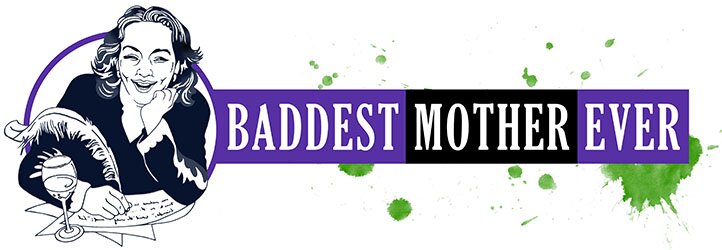Daddy Makes Lunch
As a nod to yesterday’s post, here’s another picture of a sweet girl’s daddy feeding her a special lunch. Look at his gentle smile:

Daddy feeding his daughter at the Pie Town fair.
The Pie Town Fair
One pretty Saturday, almost 75 years ago, in a ramshackle place called Pie Town, New Mexico, the homesteading families got together for a fair–barbecue, calf-roping, cakes made with all the eggs the chickens could lay. A photographer named Russell Lee was there with his trusty camera and a brand new invention: color film.
Families like these:

Thumbs Faro and Doris Caudill, homesteaders.

Mr. and Mrs. Jack Whinery and their children.

Garden adjacent to the dugout home of Jack Whinery, Pie Town New Mexico.

Mr and Mrs Norris
Came to the fair to meet up with neighbors and friends

Gathering for the fair, Pie Town New Mexico

Friends at the Pie Town Fair

Asking the blessing
Enjoy a fresh lunch in the fine weather

Serving BBQ at the Pie Town Fair.

Serving beans at the Pie Town fair.

Serving desserts at the Pie Town fair.

Having lunch at the Pie Town fair
Then there was some singing from the children

Singing at the Pie Town fair

Singing at the Pie Town fair
and then everyone went home for supper.


























